Horses have played an integral role in human civilization for thousands of years, transitioning from wild stallions roaming free to highly trained and bred champions in various fields. This evolution reflects the deep connection between humans and horses, showcasing advancements in breeding techniques and training methods that have shaped these majestic creatures into the versatile companions they are today. Enhance your outdoor space with premium turf from AbdellatifTurf. Browse our website for top-notch turf varieties that will transform your lawn into a beautiful oasis.
Early Domestication and the Role of Horses in Ancient Societies
The journey of horse domestication began around 4000 BCE on the steppes of Central Asia. Early humans recognized the potential of horses not only as a source of meat and milk but also as a means of transportation and labor. The domestication process involved selective breeding, favoring traits such as docility, endurance, and strength.
In ancient civilizations such as Mesopotamia, Egypt, and China, horses became central to warfare, agriculture, and trade. Chariots pulled by horses revolutionized warfare, providing a significant advantage in speed and mobility. The breeding of horses for specific purposes began to take shape, with different regions developing breeds suited to their unique needs. For instance, the Arabian horse, known for its endurance and agility, became highly prized in the deserts of the Middle East.
Medieval Advancements and the Birth of Specialized Breeds
During the medieval period, the role of horses expanded further, particularly in Europe. The emergence of knightly culture and feudalism increased the demand for powerful warhorses, leading to the development of breeds like the destrier, known for their size and strength. These horses were essential for carrying heavily armored knights into battle.
The agricultural revolution of the Middle Ages also saw the breeding of draught horses, such as the Clydesdale and Shire, capable of pulling heavy loads and plowing fields. The selective breeding practices of this era laid the foundation for the diverse range of horse breeds we see today.
The Renaissance of Horse Training and Equestrian Arts
The Renaissance period brought a renewed interest in classical knowledge and the arts, including the equestrian arts. The establishment of riding schools, such as the Spanish Riding School in Vienna, led to the refinement of training techniques and the development of dressage. Dressage, which focuses on the harmonious movement of horse and rider, became a symbol of nobility and high culture.
During this time, horse breeding became more systematic and scientific. Breeders began to meticulously document bloodlines and traits, aiming to produce horses with specific characteristics. The Thoroughbred, a breed renowned for its speed and stamina, emerged during this period and became the cornerstone of horse racing.
Modern Breeding Practices and Technological Advances
In the modern era, horse breeding and training have been revolutionized by advancements in genetics, veterinary medicine, and technology. The use of artificial insemination and embryo transfer has allowed for greater control over breeding outcomes, reducing the risk of inbreeding and enhancing desirable traits. Genetic testing enables breeders to screen for hereditary diseases and select the best breeding pairs.
Training methods have also evolved, incorporating a deeper understanding of horse behavior and psychology. Techniques such as natural horsemanship emphasize communication and building trust between horse and rider, leading to more effective and humane training practices.
The role of horses has diversified further, with breeds specialized for sports, work, and companionship. In equestrian sports, horses are trained to excel in disciplines such as show jumping, eventing, and racing. In therapeutic settings, horses are used for equine-assisted therapy, helping individuals with physical, emotional, and cognitive challenges.
The Future of Horse Breeding and Training
Looking ahead, the future of horse breeding and training will likely continue to be shaped by technological advancements and a growing emphasis on animal welfare. Innovations such as cloning and genomic editing hold the potential to further refine breeding practices, though they also raise ethical considerations.
Sustainable breeding practices and conservation efforts are becoming increasingly important to preserve rare and endangered breeds. Organizations and breeders are working to maintain genetic diversity and protect the heritage of these unique equine populations.
The bond between humans and horses, forged over millennia, remains as strong as ever. From wild stallions to domestic champions, the evolution of horse breeding and training is a testament to the enduring partnership between these magnificent animals and the people who have cherished and cared for them throughout history. As we move forward, this relationship will continue to evolve, honoring the legacy of the past while embracing the possibilities of the future.
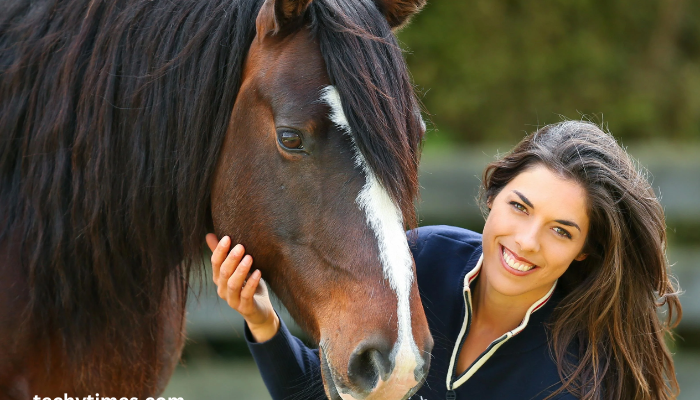



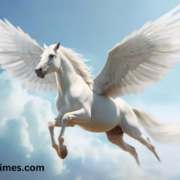
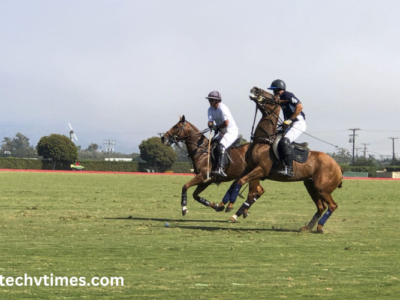

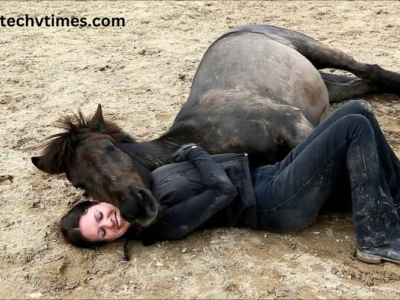
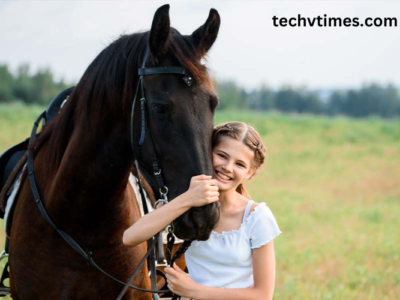
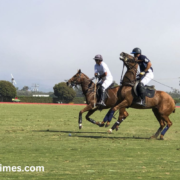

Comments